Guitar Class #6: Read and Play | Clases de Guitarra #6: Lee y Toca (3/4)
2
About :
ESPAÑOL
Sean bienvenidos :D
Seguimos con los ejercicios de lectura. Ya solo nos quedan este, que tratará sobre las notas y las cuerdas más graves de la guitarra, y el siguiente, en el que practicaremos la lectura de todas las notas que hemos visto hasta ahora.
Recuerda que puedes escribirme en los comentarios cualquier duda que tengas, pero si te gustó el contenido me harías muy feliz haciéndomelo saber :)
Bien, comencemos...
ENGLISH
Welcome :D
We continue with the reading exercises. We only have this one left, which will deal with the notes and the lowest strings of the guitar, and the next one, in which we will practice reading all the notes we have seen so far.
Remember that you can write me in the comments if you have any doubt, but if you liked the content you would make me very happy by letting me know too :)
Well, let's get started...
¡Espera!, recordemos algunas cosas antes...
En este video he recopilado todos los ejercicios, así que bien podrías abordar esta clase de tres formas distintas:
Mira el video e intenta seguir todas las lecciones a la primera. Luego corrige los detalles con la información que encontrarás en esta descripción.
Repasa las instrucciones y asegúrate de tener todo claro, en cuanto al solfeo (lectura musical), la rítmica, la digitación, etc. Luego ve el video y practica.
Lee y mira el video simultáneamente. Repasa la descripción de un ejercicio y luego míralo en el video, y así hasta el final.
Por último, recuerda: Puedes dividir tu proceso de aprendizaje en tres objetivos perfección, velocidad y contenido. Selecciona solo dos de ellos mientras sacrificas otro. Por ejemplo, toca con velocidad y toda la lección, pero no perfecto. O toca todo completo y a la perfección, pero sin velocidad. Alterna este enfoque durante tu estudio y ten mucha paciencia.
Ahora, sí. Empecemos...
Wait!. Let's remember some things before...
In this video I have compiled all the exercises, so you might as well approach this class in three different ways:
Watch the video and try to follow all the lessons the first time. Then correct the details with the information you will find in this description.
Go through the instructions and make sure you are clear on solfège (music reading), rhythm, fingering, etc. Then watch the video and practice.
Read and watch the video simultaneously. Go through the description of an exercise and then watch it on the video, and so on until the end.
Finally, remember: You can divide your learning process into three goals perfection, speed and content. Select only two of them while sacrificing another. For example, play with speed and the whole lesson, but not perfect. Or play everything complete and perfectly, but not at speed. Alternate this approach during your study and be very patient.
Ok, let's do it!
First Part | Primera Parte


Todas las notas que haremos en estos ejercicios están fuera del pentagrama. Ya que todas las notas son muy graves y se corresponden a los bajos de la guitarra.
All the notes that we will do in these exercises are outside the staff. Since all the notes are very low and correspond to the bass of the guitar.


La lectura de las líneas y los espacios adicionales inferiores suelen ser complicados para la mayoría. Pero no te preocupes, la lectura aquí está reservada para los bajos, así que no tienes que tener miedo de encontrar demasiadas notas XD
Reading the bottom extra lines and spaces is usually complicated for most. But don't worry, the reading here is reserved for the bass, so you don't have to be afraid of finding too many notes XD


La primera nota SOL en la 6ta cuerda no puede ser apoyada. Pero el resto sí, así que no dejes de apoyar cada nota.
The first note SOL on the 6th string cannot be stroked. But the rest can, so don't stop stroke every note.
Second Part | Segunda Parte


No uses demasiada fuerza en tu mano derecha, para que las notas no suenen muy golpeadas. Pero sí debes usar más fuerza en la mano izquierda para pulsar bien las cuerdas, ya que son más gruesas.
Don't use too much strength in your right hand, so that the notes don't sound too hard hit. But you should use more strength in your left hand to pluck the strings well, as they are thicker.


Algo que podemos hacer para memorizar los nombres y las líneas aquí, es resolver las siguientes dos preguntas:
¿Cuántas líneas hay?
¿La nota está sobre o debajo de la línea?
Si no hay líneas, entonces es un RE
Si hay una línea, puede ser DO, si la nota está sobre la línea; o SI, si está debajo de la línea. Y así...
One thing we can do to memorize the names and lines here is to solve the following two questions:
How many lines are there?
Is the note above or below the line?
If there are no lines, then it is a RE.
If there is a line, it can be DO, if the note is above the line; or SI, if it is below the line. And so on...


¡Muy bien!
Una vez realizado todos estos ejercicios ya deberías tener una noción de la lectura del pentagrama.
La razón por la que decidí dividirlo en varios post es porque esta habilidad es crucial en el mundo musical y para aprender guitarra es representa una gran ventaja.
Recuerda usar siempre un metrónomo. Puedes usar este de aquí o buscar "metrónomo" en el buscador de Google para que te aparezca uno sencillo.
Very good!
Once you have done all these exercises you should have a good idea of how to read the staff.
The reason why I decided to divide it into several posts is because this skill is crucial in the musical world and for learning guitar it is a great advantage.
Remember to always use a metronome. You can use this one from here or search for "metronome" in Google search engine to get a simple one.
Eso es todo por hoy. Recuerda que si tienes alguna duda puedes dejármela en los comentarios. Si te gusta este contenido, recuerda dejar tu voto y compartirlo con tus amigos.
Gracias por leer. Nos vemos en la siguiente clase.
That's all for today. Remember that if you have any questions you can leave them in the comments. If you like this content, remember to leave your vote and share it with your friends.
Thanks for reading. See you in the next class.
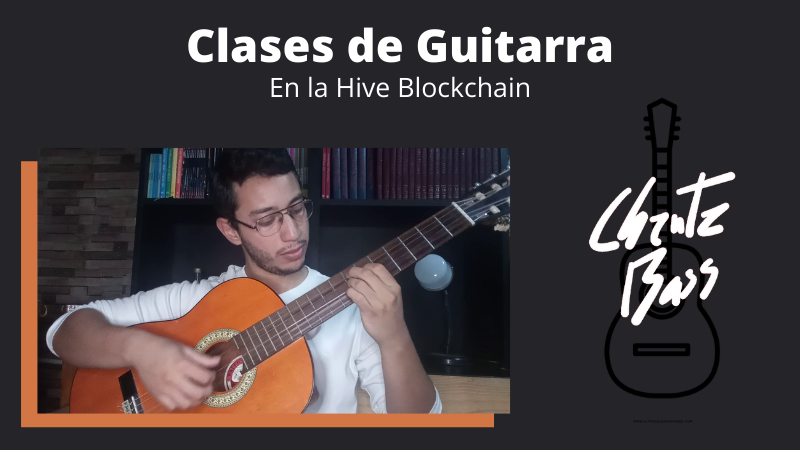
All classes and tutorials | Todas las clases y tutoriales
Tags :
Their limit for today is $0!


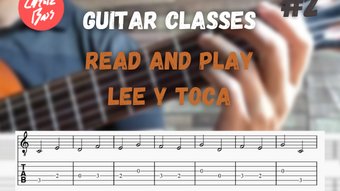
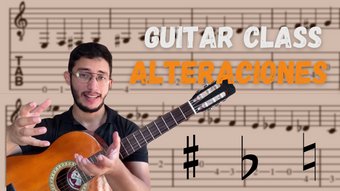
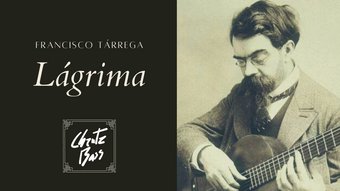

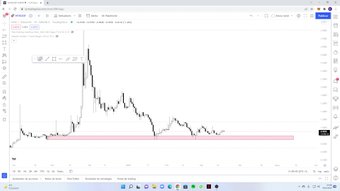






















Comments:
Reply:
To comment on this video please connect a HIVE account to your profile: Connect HIVE Account